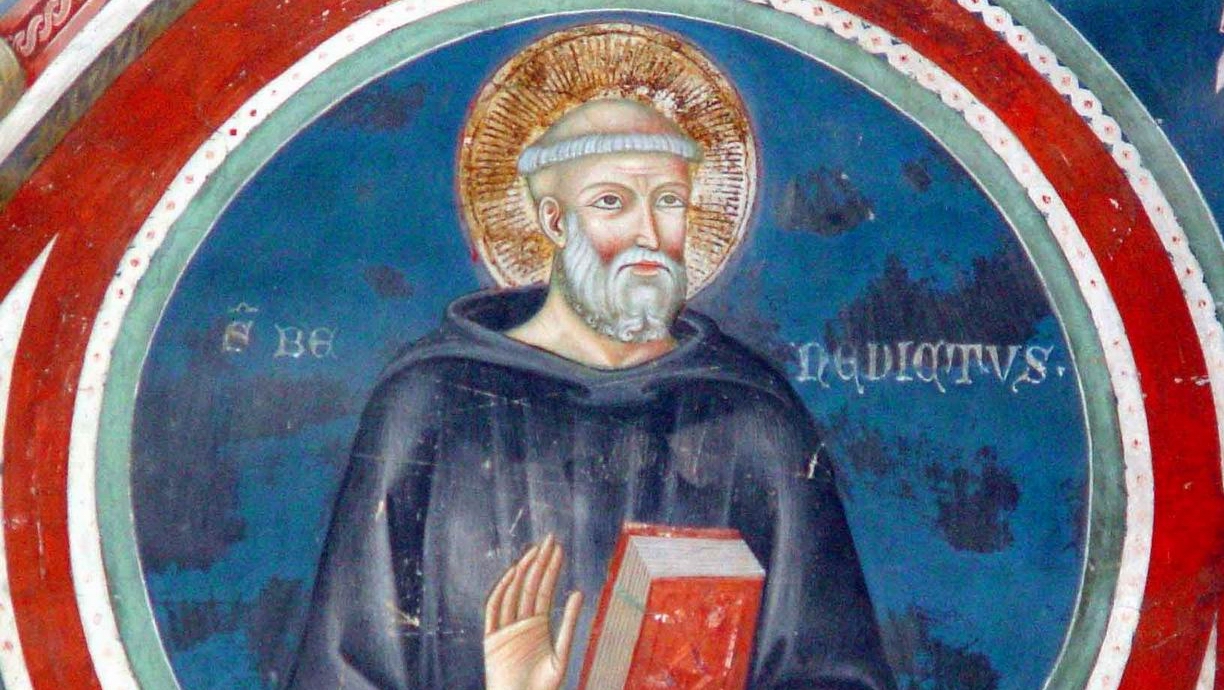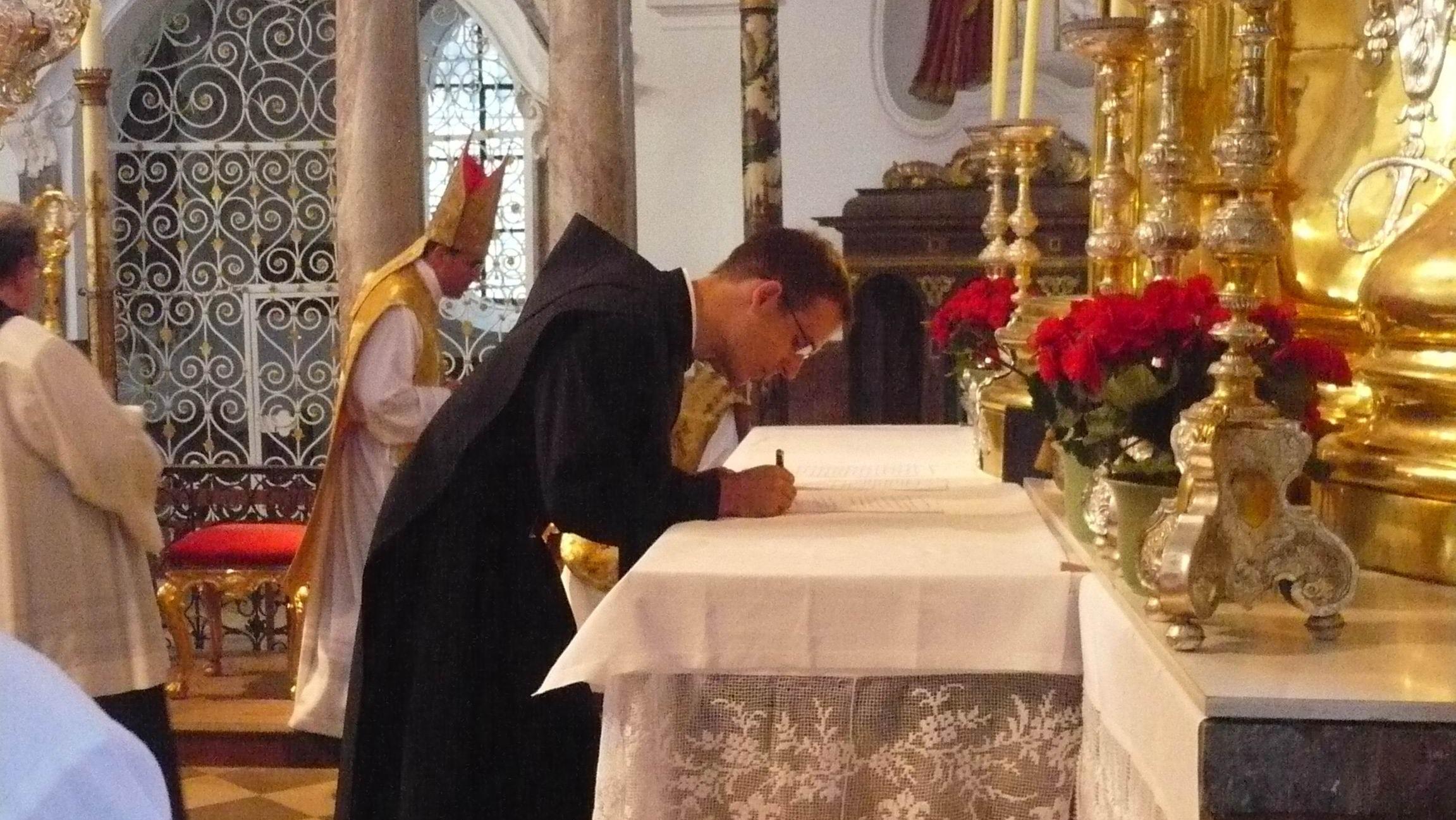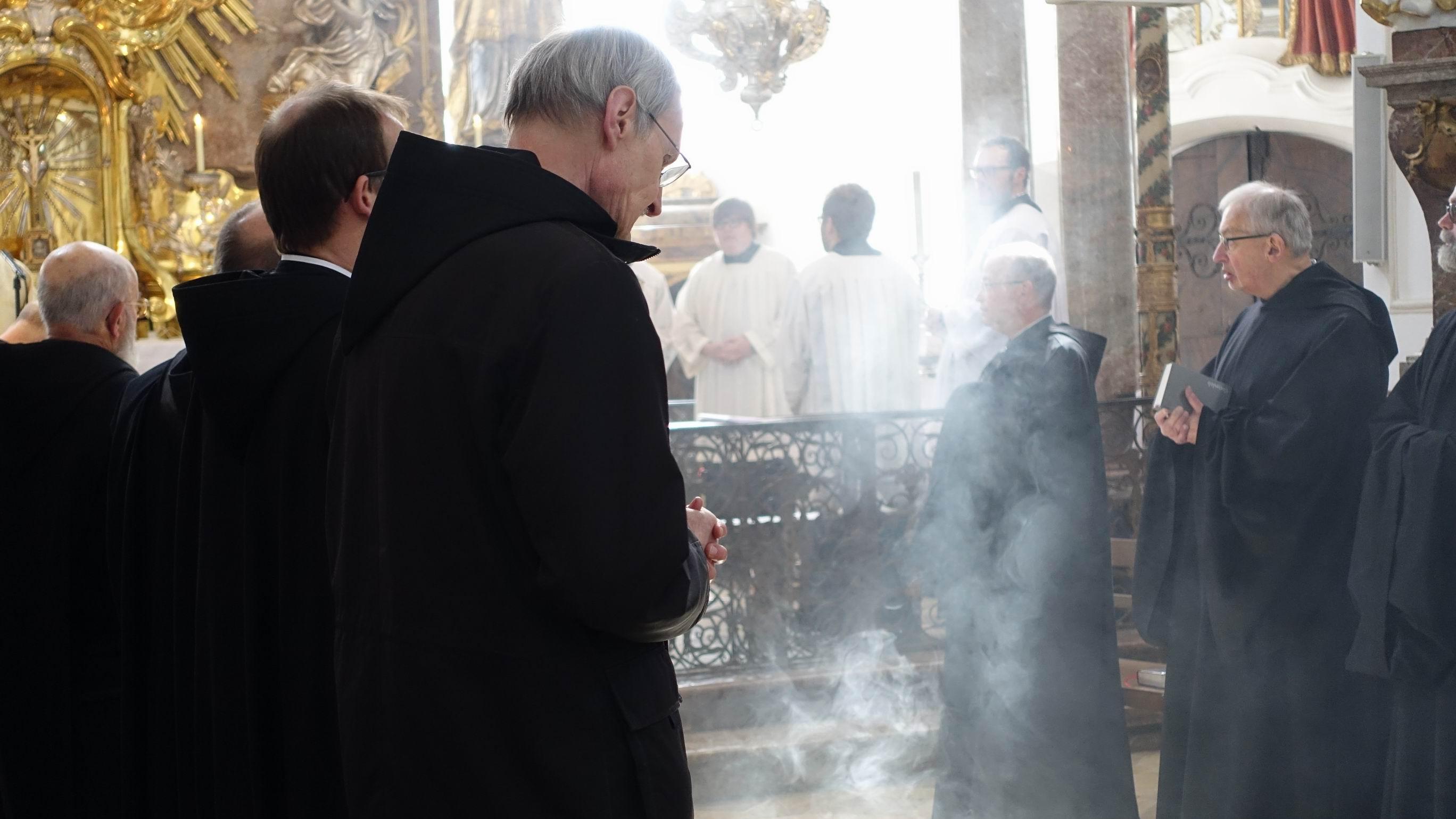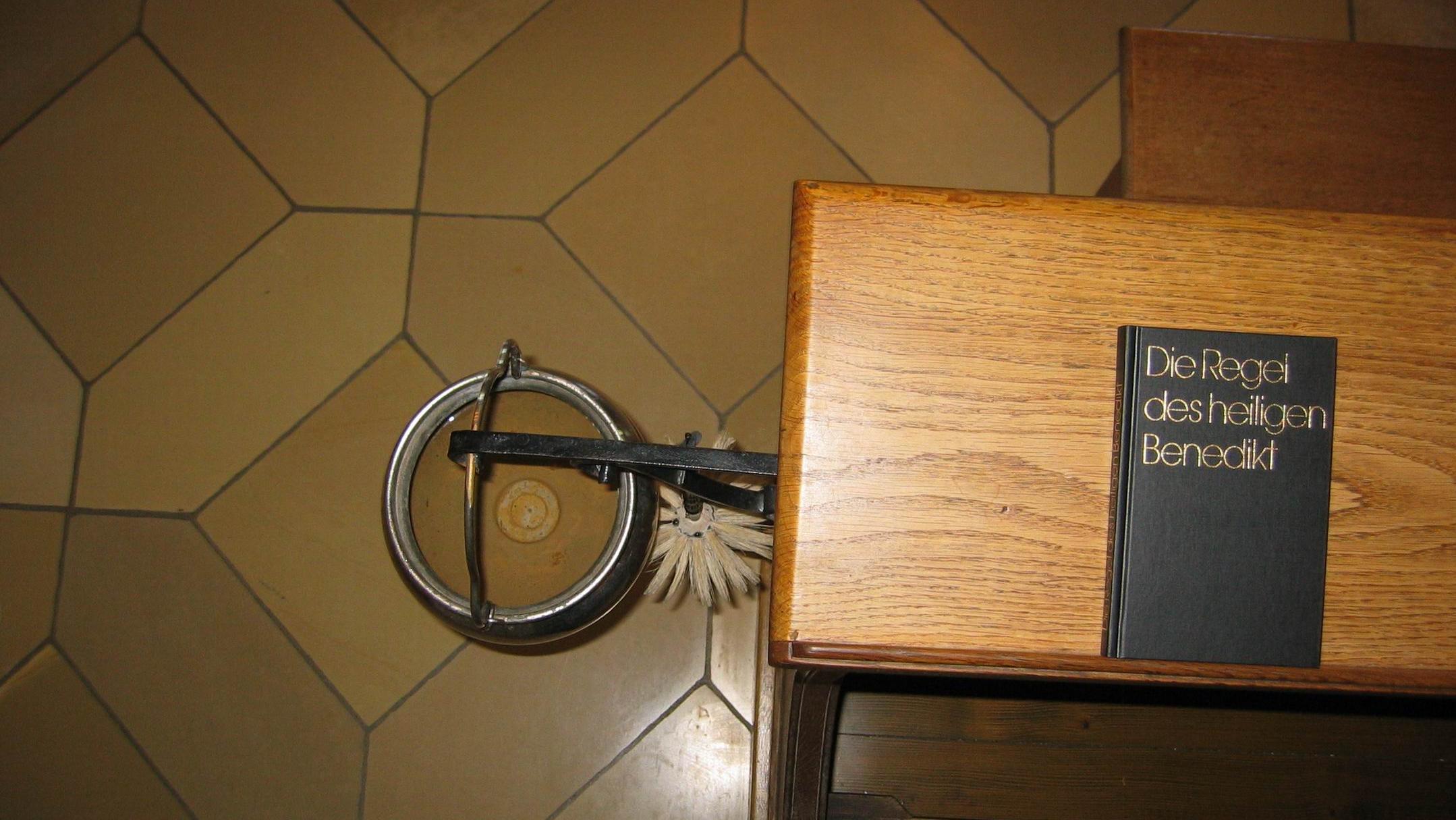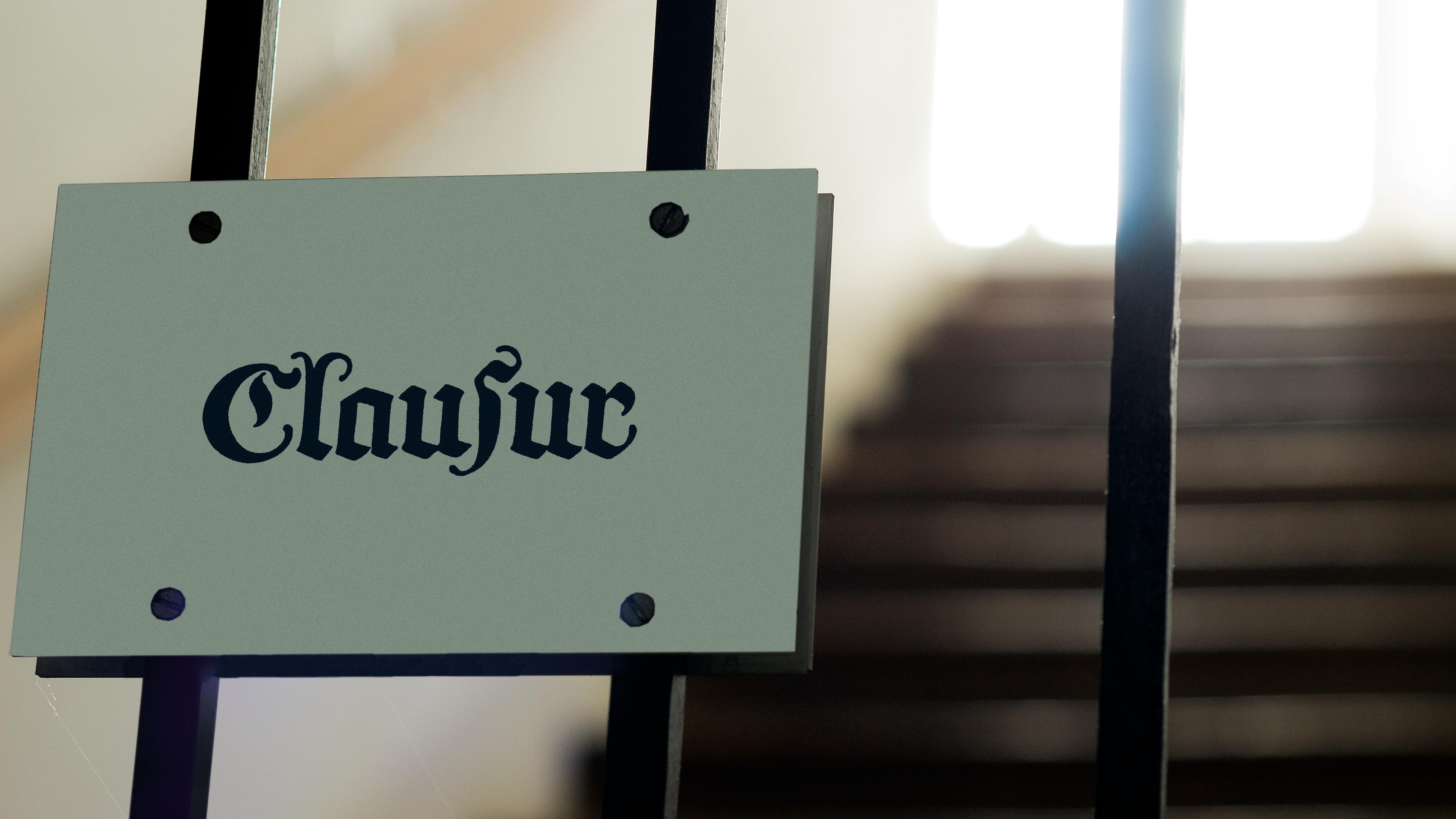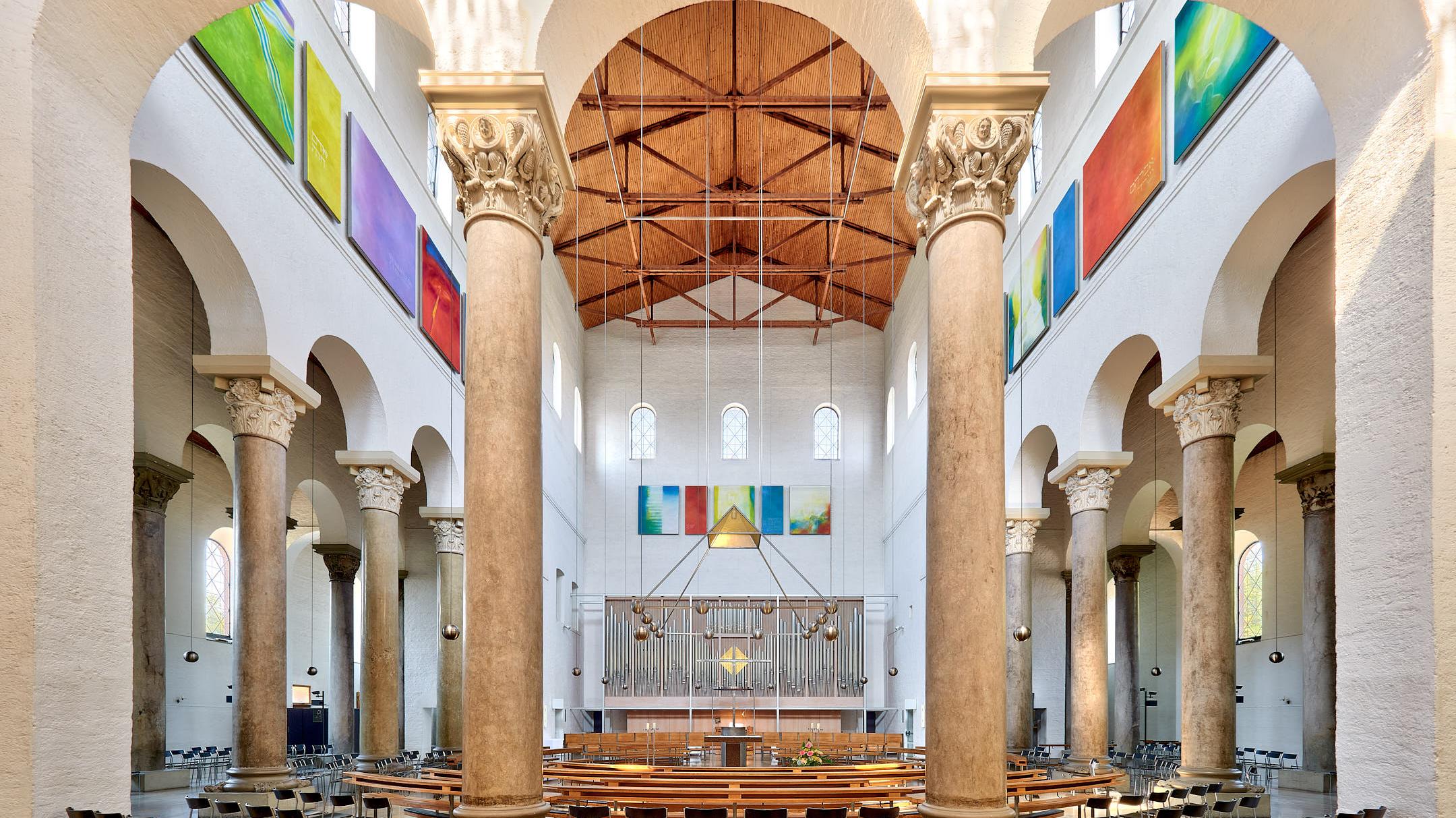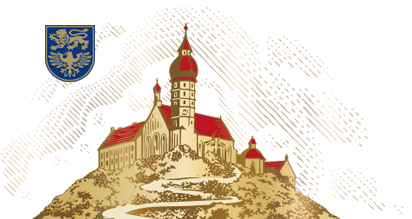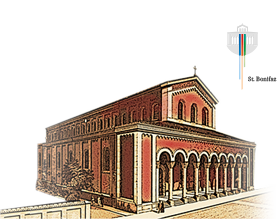Searching for god – Benedict’s way
Benedictine monks live by the Rule of Saint Benedict of Nursia. The “Patriarch of Occident monks” was born in Nursia, Umbria, the modern Norcia, around the year 480.
Benedictines consciously shape their lives according to the Gospel, on the basis of three writings that order their life together: The Holy Scripture, the Rule of Saint Benedict and the Constitutions of the Congregation in which the respective monastery is a member.
Benedictines have always combined their loyalty to the rule with a watchful eye on the signs of the times. That has allowed them to maintain their spiritual strength and intellectual vibrancy over centuries. This spiritual breadth enabled their significant contributions to shaping Europe’s cultural landscape and furthering the spread of the Gospel.
Teachers of the Occident
Benedictines were among the most important theological and cultural teachers of the Occident in the Middle Ages. Their monasteries were not just places of prayer and a life dedicated to God, but also venues of science and art. For example, Benedictines translated and copied philosophy and natural science texts from antiquity, preserving this knowledge for further development in Occidental Europe. The art of printing and book binding was cultivated in their monasteries. Many technical innovations can be traced back to the Benedictines and other monks, such as the invention of the mechanical clockwork at the beginning of the 11th century. Furthermore, the modern working world would be unthinkable without the office, which originated from the scriptorium of the monasteries.
Benedictines in Germany
Among the male religious orders, the Benedictines are first in Germany by numbers: At the end of 2018, around 600 of Germany’s 3,500 monks were members of the Benedictine order.
Benedictines worldwide
Nearly 8,000 Benedictines live in some 300 independent monasteries around the world today. They have formed themselves into 20 congregations. These are members of a confederation headed by the Abbot Primate as its representative, who is based in Rome. The Saint Boniface Benedictine Abbey in Munich and Andechs is part of the Bavarian Benedictine Congregation.


